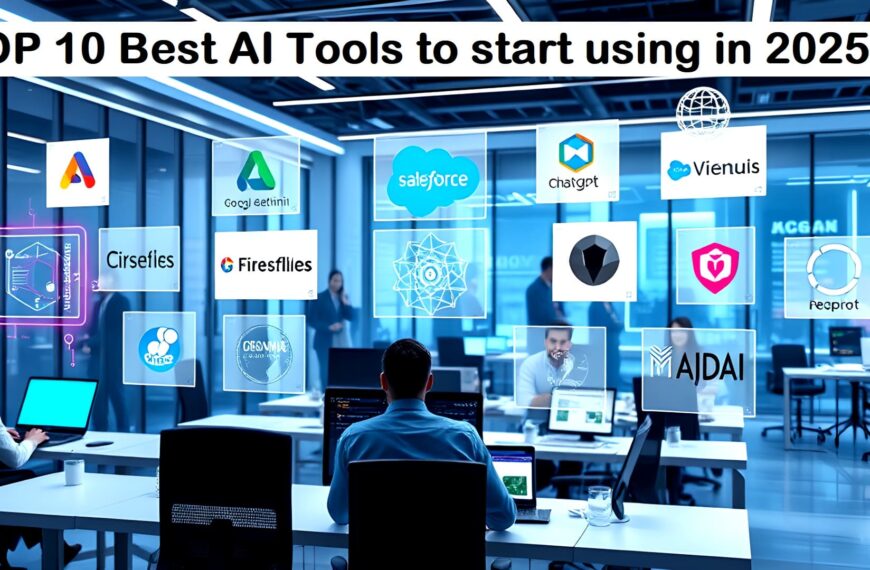Open work culture has become a hot topic in the modern workplace, as employees seek to find a harmonious equilibrium between their professional and personal lives. Flexible working arrangements, such as telecommuting, flexible working schedules, and compressed workweeks, have become increasingly popular as organizations recognize the importance of allowing employees to manage their work and personal responsibilities. Employees can better balance their work and personal lives by offering these flexible options, leading to increased job satisfaction and overall well-being. This balance allows employees to be more present and engaged in both their professional and personal lives, leading to a more fulfilled and productive workforce.
In addition to flexible work arrangements, organizations are also implementing policies encouraging employees to take time off for personal reasons, such as family events, vacations, and self-care. By promoting an open work culture, organizations can foster a more positive and supportive work environment, leading to increased employee retention and loyalty. Employees who feel that their organization values their personal lives and well-being are more likely to be committed and dedicated to their work.
Improved employee satisfaction and morale through Flexible Working Arrangements
Employee satisfaction and morale are essential for a successful organization. When employees feel valued and supported, they are more engaged and productive. Flexible working arrangements and policies promoting open work culture are key to boosting satisfaction. Allowing employees control over their schedules demonstrates a commitment to their well-being.
When organizations care for employees’ needs, loyalty and dedication increase, fostering a positive work culture where staff are motivated to work together. Prioritizing employee benefits leads to lower turnover, higher productivity, and better teamwork.
Attraction and retention of top talent
In today’s job market, organizations aim to attract top talent by offering flexible working arrangements that promote work-life balance. Organizations can become appealing employers by prioritizing employees’ well-being and providing schedule flexibility. This approach helps retain top talent by showing support for personal needs, leading to increased loyalty, dedication, and lower turnover rates. Ultimately, Work flexible schedules can help to retain skilled and motivated employees.
Greater productivity and efficiency by Flexible Working Arrangement
Promoting work-life balance in the workplace boosts productivity and efficiency. Allowing employees to manage their schedules according to their needs enhances focus, motivation, and engagement. This results in effective time management and task prioritization, leading to increased productivity. Flexible working can help to reduce stress and burnout risk, helping employees stay energetic and motivated. Consequently, organizations prioritizing work-life balance tend to have more productive and efficient workforces.
Reduced Stress and Burnout by Flexible Working Arrangements
The modern workplace is often fast-paced and overwhelming, leading many employees to experience high levels of stress and burnout. Implementing flexible working arrangements and promoting open work culture can help reduce these negative effects. Providing resources like mental health services, wellness programs, and opportunities for self-care can further support employees’ well-being. By prioritizing the health of their employees, organizations can create a more caring work environment, resulting in lower stress levels and improved overall well-being.
Accommodation of diverse personal needs
Benefits of flexible work arrangements such as telecommuting, flexible hours, or compressed workweeks can help accommodate employees’ diverse personal needs and priorities. Organizations can also provide resources like childcare services, eldercare support, and health-related assistance to support employees in achieving an open work culture and creating an inclusive work environment.
Positive impact on mental and physical health
Promoting work-life balance in the workplace has a positive effect on employees’ mental and physical health. Offering flexible work arrangements and supportive policies can reduce chronic stress and burnout, leading to better overall well-being. Encouraging open work culture also contributes to improved physical health by enabling employees to maintain healthy habits like regular exercise and adequate rest. Ultimately, prioritizing work flexibly can help create a healthier and more vibrant workforce.
In conclusion, the promotion of work-life balance in the workplace has numerous benefits for both employees and organizations. By offering flexible work arrangements, supporting policies that prioritize open work culture, accommodating diverse personal needs, and promoting overall well-being, organizations can create a more positive and supportive work environment where employees feel valued, engaged, and motivated. As a result, organizations that prioritize workplace flexibility are more likely to experience increased employee productivity and morale, reduced stress and burnout, greater productivity and efficiency, attraction and retention of top talent, accommodation of diverse personal needs, as well as a positive impact on mental and physical health. Ultimately, the promotion of work-life balance is not only beneficial for individual employees but also for the overall success and sustainability of organizations in today’s competitive business landscape.
















